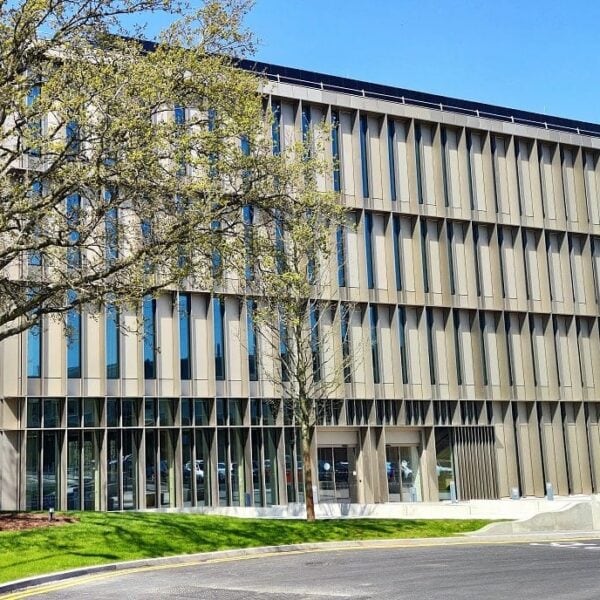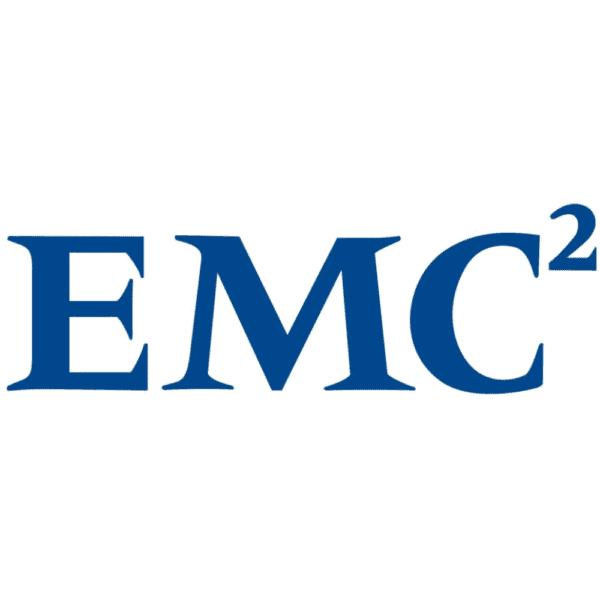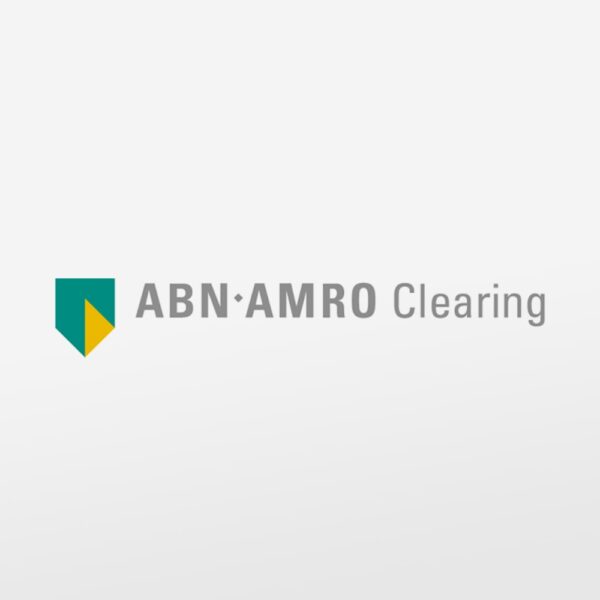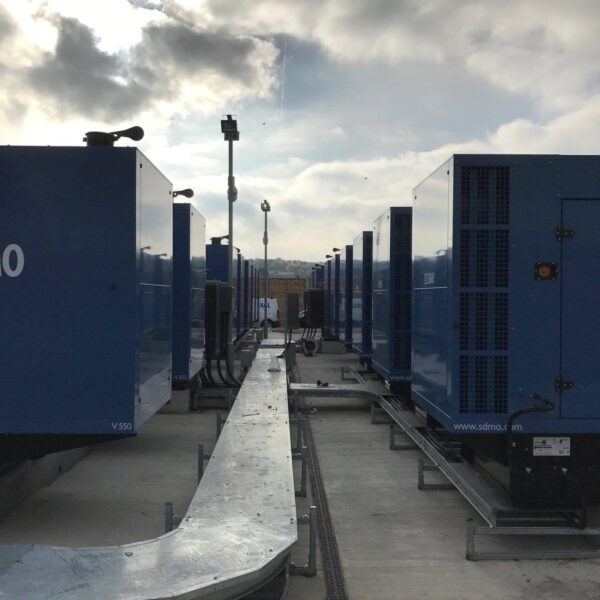A modern online UPS system has many advantages especially when it comes to energy efficiency. It provides protection against all types of power supply failure and filters a vast range of disturbances found in the mains supply. As such, provides more sensitive loads with a clean backup power supply. With extra storage capacity, it can be designed to support the critical load for instance. When an alternative supply such as a standby generator system is brought online, for typically 10-15 minutes but can be up to hours.
The energy efficiency of your uninterruptible power supply is important for two critical reasons. The first is running costs and the second is related to the UPS battery runtime available when the mains power supply fails. This article looks at five practical ways you can maximise your UPS’s energy efficiency.
- Right-sizing the UPS and backup battery power supply
Most users associate the energy efficiency of UPS with running costs, and this is certainly true with data centre UPS solutions. The higher its operational energy efficiency the lower the amount of energy wasted. UPS energy efficiency savings also mean lower heat output and therefore less load onto the local cooling system. Right-sizing UPS power system and load profile also help to ensure it is supporting a load profile within its optimum range.
On an old transformer-based UPS system, the energy efficiency may only be 80-85% and within a highly loaded system. This is because in this older type of uninterruptible power supplies the efficiency profile tails off quite dramatically as soon as the load is less than around 70-80% of the UPS rating. In a more modern UPS system design, a load as low as 25% can still achieve high operating efficiency. The use of a modular UPS design also helps to right-size as the ‘correct’ number of UPS models can be used in this high-efficiency design to meet the load and any N+X requirements.
- UPS ECO Mode
Running the uninterruptible power supply in its dedicated energy-saving mode, commonly known as ECO mode, can boost efficiency to 98-99%. It achieves this by in effect operating as a line-interactive UPS, so the load is powered by the bypass line with the inverter inactive but ready to take over if there’s mains supply failure or fluctuation. This short break in continuous power is the main drawback to using ECO mode, particularly with sensitive equipment.
- UPS Remote Monitoring
Uninterruptible power supplies should be monitored over an Ethernet/IP network for alarm conditions. Continuously monitoring the UPS system can establish load patterns over time and provide enough time to respond to issues that could affect UPS energy efficiency and operational resilience. Two specific alarms that can indicate energy efficiency include:
- Overload and bypass alarms: if the load connected to the UPS power supply is greater than its rated output, an alarm will be issued. If the overload is large enough or there is an internal fault condition, the uninterruptible power supply may go into bypass mode
- Over temperature alarms: can indicate an internal fan failure or that ventilation into and out of the UPS cabinet is restricted. Long-term higher internal ambient temperatures can lead to component damage as well as require fans to run at higher speeds.
- UPS maintenance and routine inspections
Regular maintenance of UPS systems is critical to the availability and resilience of an uninterruptible power supply and should be budgeted for when first installed. Without regularly maintaining UPS systems, sudden failures can occur with over 80% caused by a poorly maintained battery set. However sophisticated a UPS may be, the fact is that uninterruptible power supplies have consumable parts that require regular inspection to ensure optimum performance including overall UPS energy efficiency.
- UPS battery replacements and refurbishments
UPS power systems can have a working life of ten to fifteen years or more provided that the device undergoes regular annual maintenance and cyclical refurbishment.
Uninterruptible power supplies include ‘consumable’ items which require regular placement and within their design life. UPS batteries are the most common example and are generally of the lead-acid 5-year or 10-year design life, requiring replacement around years 3-4 or 7-8 respectively and when used within a 20˚C ambient environment. Cooling fans are another example of a UPS consumable which should also be inspected annually and replaced according to fan manufacturer recommendations.
Around year five of operation, a UPS system should be considered for refurbishment. The principle works here include the replacement of the AC and DC capacitors. The capacitors require replacement as they can dry out and their self-healing characteristics are weakened to the point of a potential critical failure occurring. Capacitors use flammable polypropylene and at high internal temperatures can experience thermal runaway and cause a fire inside the uninterruptible power supply.
If your data centre power system is at the eighth year of operation and requires a UPS battery replacement. It may be worth considering a complete UPS upgrade rather a refurbishment and especially if your legacy system is a transformer-based type. An upgrade to a transformer-less, modular UPS system can see energy efficiency improvements from 15-20% or more dependent on the load percentage and profile supported.
For more information regarding any of our energy efficient UPS power products or services, you can get in touch with KOHLER Uninterruptible Power via our contact page or call us on +353 (0)1 4606859.




